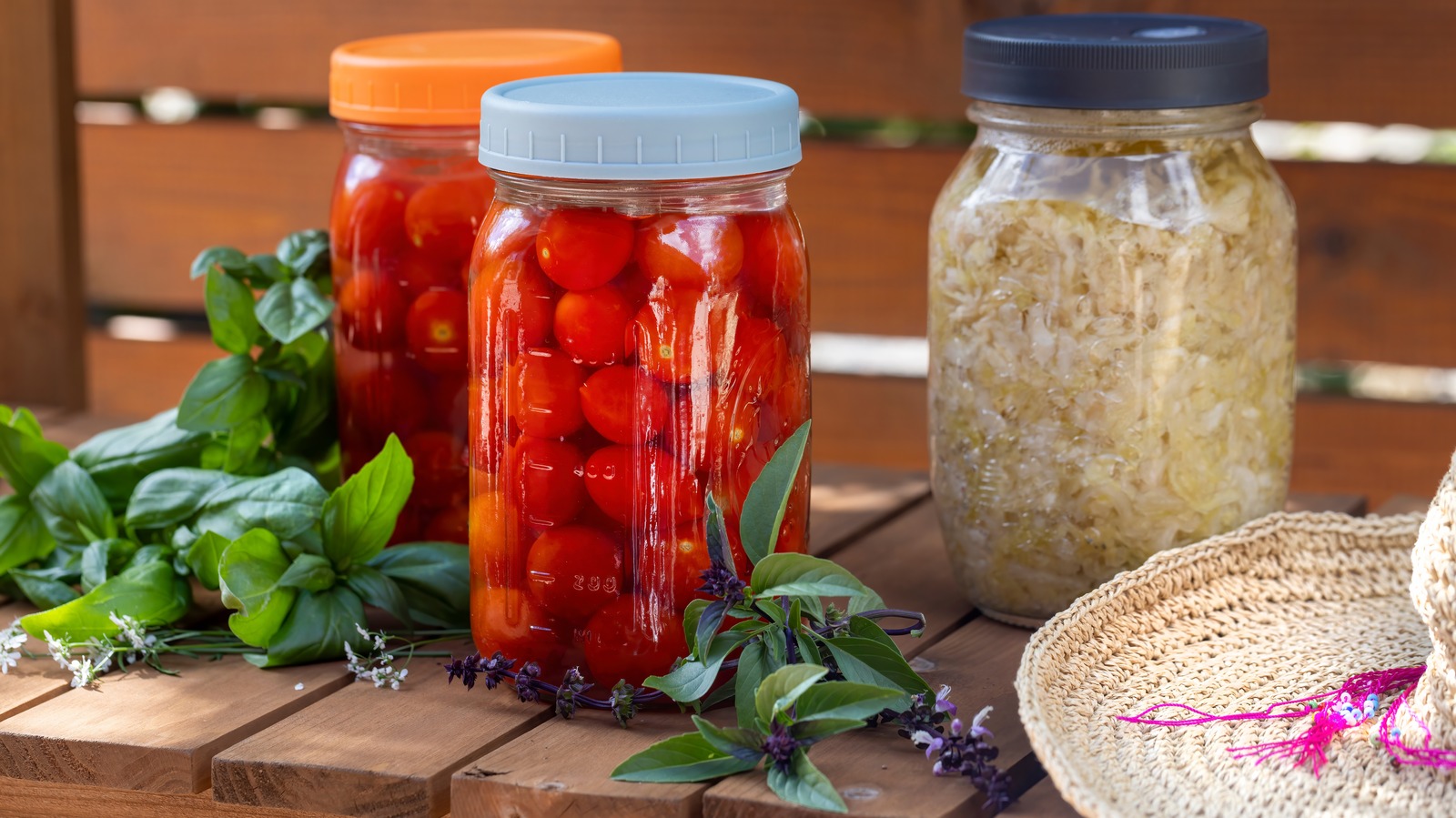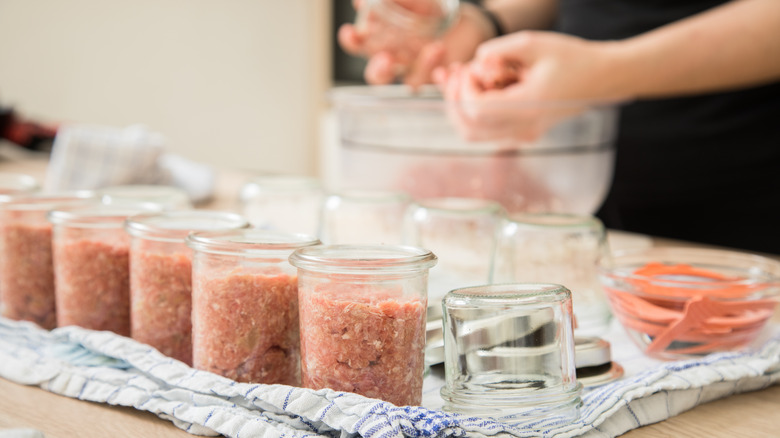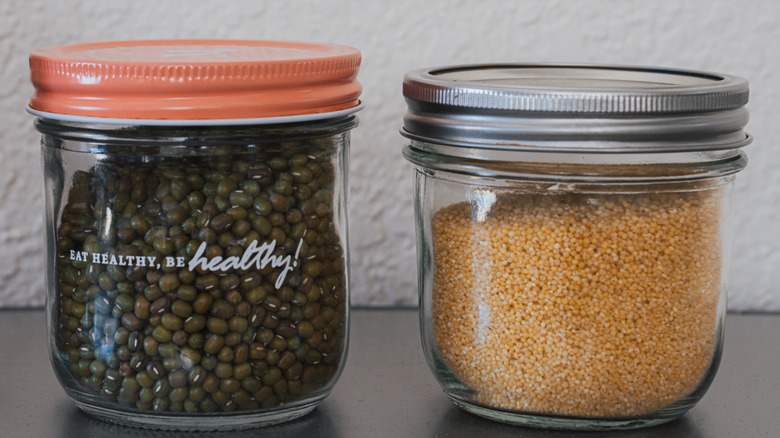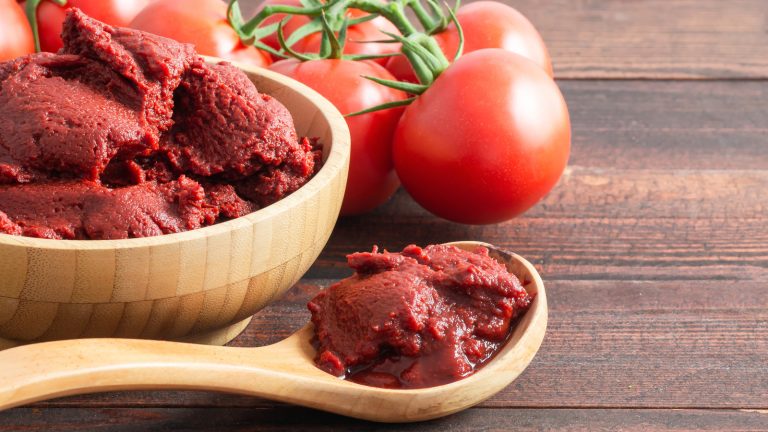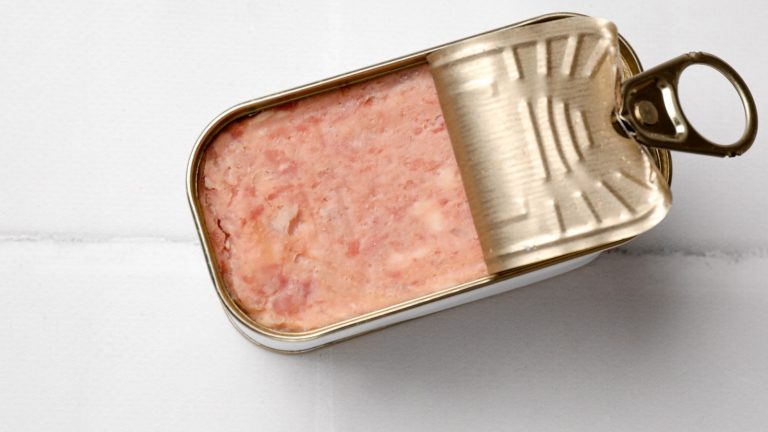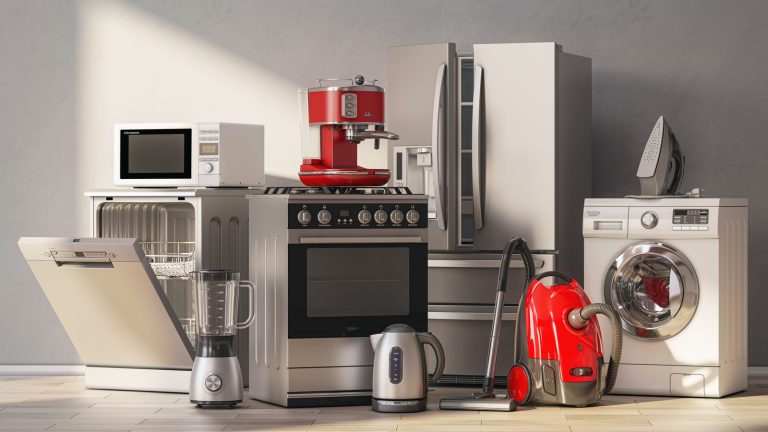We may receive a commission on purchases made from links.
Mason jars are the kitchen stalwart that you can never have too many of. While they’re convenient for basic food storage, especially because of all the different sizes they come in, mason jars are typically intended for preserving food. They can be used for both canning and vacuum-sealing, but before you try and do either, it’s essential to know the differences between the two methods, which foods are suitable for which process, and what pitfalls to watch out for.
First off, remember that canning is meant for long-term food preservation, while vacuum sealing is for keeping food fresh for short durations of time. In general, canning is good for foods with higher moisture since the process stops bacterial growth. Vacuum sealing is not as efficient at stopping pathogens and is therefore better for storing dry foods for shorter durations while keeping moisture at bay and ensuring the food doesn’t degrade. Since both canning and vacuum-sealing are aimed at storing food for a period of time wherein, if kept open, it would spoil, any mistakes during the process can result in the food degrading and the danger of food poisoning.
If you’ve ever heard the phrase “dry canning,” keep in mind that it is not a true canning method. In fact, dry canning food can be dangerous, since one may expect food stored in such a fashion to be safe to eat, while it has actually spoiled. When using mason jars for actually canning or vacuum-sealing, make sure to use new canning lids each time to ensure they are sterile and won’t compromise the jar’s seal. Leftover mason jar bands can then be used to make copycat McDonald’s Egg McMuffins at home.
Canning in mason jars
While canning in mason jars can be done at home, it’s important to know that the process differs for various foods and doesn’t work for all of them. Highly acidic foods are easier to can because their low pH helps inhibit bacterial growth and can keep for up to a year. Not being acidic enough is one of the reasons bananas cannot be canned. Anything in tomato sauce, on the other hand, cans well, because of a tomato’s high acidity.
Canning at home requires heating the jar in water to a temperature that is fatal to pathogens, and then letting it cool, which creates a vacuum and removes oxygen from the container, creating a sealed environment. The heat and the acidic nature of the food help keep pathogens at bay. Because of the high temperatures it is subject to, the mason jar used for canning should be made with tempered glass. It should also have a silicone ring on the inside of the lid to help keep the seal airtight.
When canning at home, start by boiling the mason jars and lids in a pot of water to disinfect them. It’s a good idea to get a set of canning tools, like the Norpro Canning Essentials Set, so you can handle the hot jars. Once out of the water and dried, fill them with food, screw the lid back on, and return them to the boiling water for about an hour. Take them out and let them cool, and the jars are then ready to be stored at room temperature. Always remember to mark them with the date of canning.
Vacuum sealing in mason jars
Vacuum sealing is great for storing dry and dehydrated foods like nuts, dried herbs and spices, and even powders like ground coffee and flour that may be prone to clumping due to moisture. The mason jars don’t need to be heated, as is the case with canning, but you will require a vacuum sealer to pull out all the air from the jar. There are lots of different models available, but an Electric Mason Jar Vacuum Sealer that fits both regular and wide-mouth jars is the most versatile. There are also compartment-style vacuum sealers, but they are limited by the dimensions of the compartment and are therefore only usable with jars up to a specific size. While not common, sometimes a jar can crack or shatter under the pressure of vacuum sealing. If you notice any fractures on the jar, discard it along with the food inside.
Vacuum sealing is faster and easier than canning, so you can open the jar to use some of what’s inside, and then vacuum seal it again to retain freshness. Removing the air inside the jar essentially slows down the growth of pathogens and the spread of moisture that may cause spoilage. However, unlike canning, vacuum sealing doesn’t actually destroy any bacteria, and, over time, vacuum-sealed food can spoil. Simply fill the mason jar with dry food, screw on the lid (it doesn’t need to be too tight) and vacuum seal it. The vacuum inside the jar secures the lid, and you can then tighten the ring to reinforce it. Depending on what you’re storing, food can remain fresh in vacuum-sealed mason jars from a few days to up to a few months.


